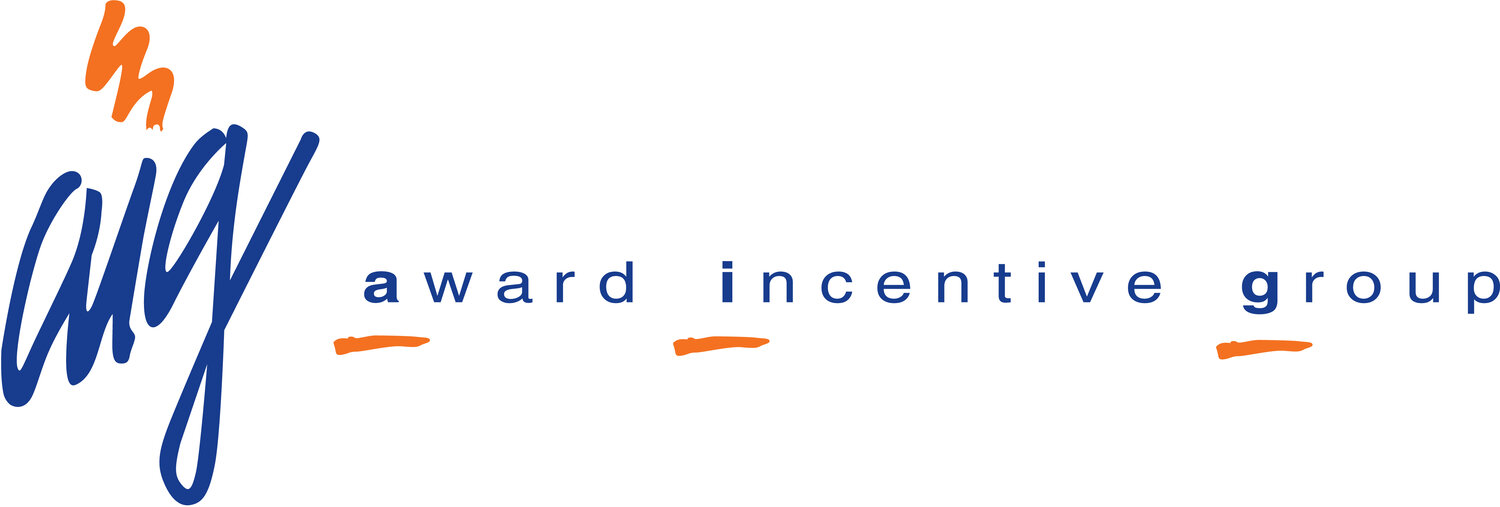Introduction
There is a long history of research and personal experiences that have shaped individual and organizational beliefs regarding motivation. These beliefs have varied based on context (educational, workplace, consumer, etc.) and especially as regards the enormous shift the workforce has undergone in the past two to three decades ─ from primarily blue collar, routine work to white collar, knowledge work. The objective of this paper is to examine today‟s impact of incentives, rewards and recognition programs on motivation and to provide an objective resource to move the discussion beyond debate to dialogue and, ultimately, the design of more effective programs.
At times the approach to the topic of motivation seems to be more focused on proving or disproving a point of view than attempting to grow the body of knowledge. The contributors to this paper have attempted to maintain a neutral position, letting the existing research and appropriate experiences direct the outcome. If this paper provides the reader 1) a resource for one‟s motivational inquiry, 2) additional insights on motivation, and/or 3) a challenge to her/his current concept of motivation, then it will have achieved its purpose; ideally, however, this paper will help program designers to create incentives, rewards and recognition programs that are motivational for today‟s workforce.
It is generally accepted that performance can be driven by the right mix of incentives and rewards. Until recently, few questioned the use of incentives in encouraging behavior change and higher performance. Research conducted by the Incentive Research Foundation (IRF) and others over the past twenty years has established the usage and performance improvement aspects of incentives in business.
Yet today, where and even whether incentives and rewards programs have a place in the modern workforce is being questioned, not necessarily because skeptics believe they don‟t motivate workers, but because they believe the program outcomes and impacts are becoming increasingly more difficult to measure, manage, and control.
In other words, according to our research and the opinions of most experts consulted for this paper, the greater complexities of motivating creative, non-routine workers using incentives and rewards, has led to a higher frequency of poorly designed or misdirected programs. Poorly designed rewards, incentives and recognition programs can produce poor results, lack motivational appeal, or cause unintended consequences. When this happens, it is likely to cost the organization a significant amount of wasted time and money and perhaps lead to a cynical workforce, organizational damage, and, in some extreme cases, societal harm.
To better understand “state-of-the-art” in program design, we reviewed hundreds of research reports, books and articles. We also assembled more than fifty of the world‟s foremost experts and leading practitioners in incentives, rewards and recognition into two “Delphi” panel sessions and conducted twenty in-depth expert interviews.
Following what was learned in part one of this research: “Mastering Measurements: The Critical Performance Elements of Incentive Design”, we invited leaders in measurement and ROI to the discussions. Nearly all of our panelists and interviewees agreed that however one designs an incentive, reward or recognition program, they must apply proven, effective design principles by providing on-going communications, collecting key metrics throughout, measuring business impact where appropriate, and systematically monitoring, adjusting and improving the program...

